How to Get Bigger Wrists: Is it Physically Possible?
Whether you’re an arm wrestler trying to get an edge or a skinny individual wishing for meatier arms - chances are, you’re searching for an exercise or two that can build up your wrists.
In truth, the answer is somewhat more complicated than it may seem, as the wrists are not capable of growing in the same manner as your biceps or chest muscles can.
This is primarily a consequence of the fact that the wrists are composed of tissue other than skeletal muscle, and as such will not feature the same response to resistance training.
Because the wrists are primarily made of bone, ligament, tendon and connective tissue - you cannot actually make your wrists bigger. However, it is entirely possible to train the muscles adjacent to the wrists (the forearms), improving the general appearance of your arms and strengthening the wrists as well.
Why Wrist Size is Constrained by Tissue Composition
The wrists are a highly complex structure featuring a wide array of different types of tissues.
While the underlying bulk of the mass found in the wrists is obviously bone, a portion of the soft tissue that makes up said mass is primarily ligament - or the connective tissue found between said bones.
This tissue, like bones themselves, will not grow larger in response to training stimulus and as such cannot be used to make the wrists bigger.
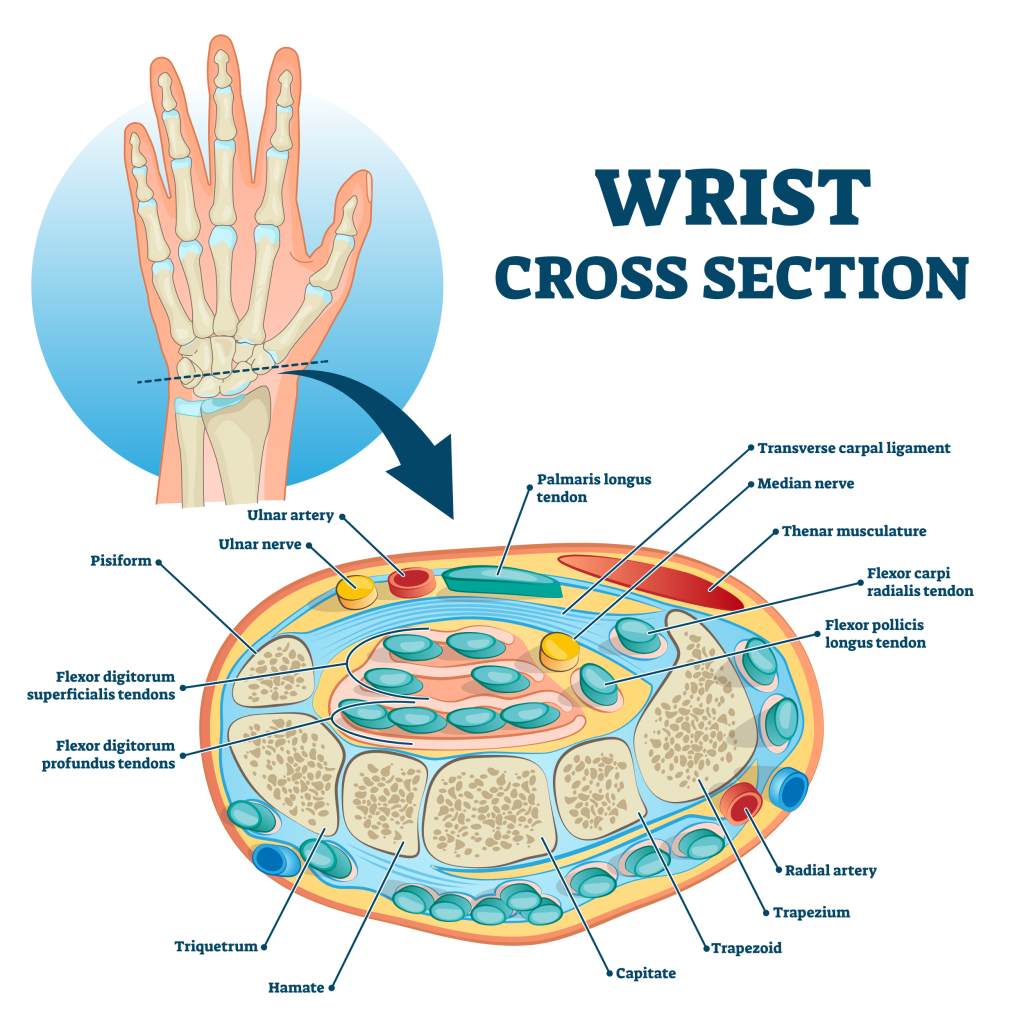
When individuals speak of growing the “muscles” of the wrist, they are in fact referring to the tendons that connect to the muscles of the forearm, as these are simply an extension of the skeletal musculature found therein.
This is distinct from actual muscular hypertrophy where a skeletal muscle will grow larger and stronger in response to resistance, and is instead referred to as “tendon remodeling”, of which also does not result in any marked increase in wrist size.
In short; for the purposes of increasing wrist circumference or mass, there is not very much tissue that is capable of growing larger, and as such getting bigger wrists is impossible outside of medical interventions or pubertal growth.
What About the Muscles That are Found in the Wrist?
Unfortunately, nearly all of the skeletal “muscle” of the wrist is actually located in the forearms, and as such - even if they are hypertrophied - no real increase in wrist size will occur.
While the forearm extensors (particularly the digitorum) and flexors muscle groups do indeed extend into and beyond the wrist, these are connective tissues and not actual skeletal muscle fibers, and as such are also unable to grow in size from training or other forms of extrinsic stimulus.
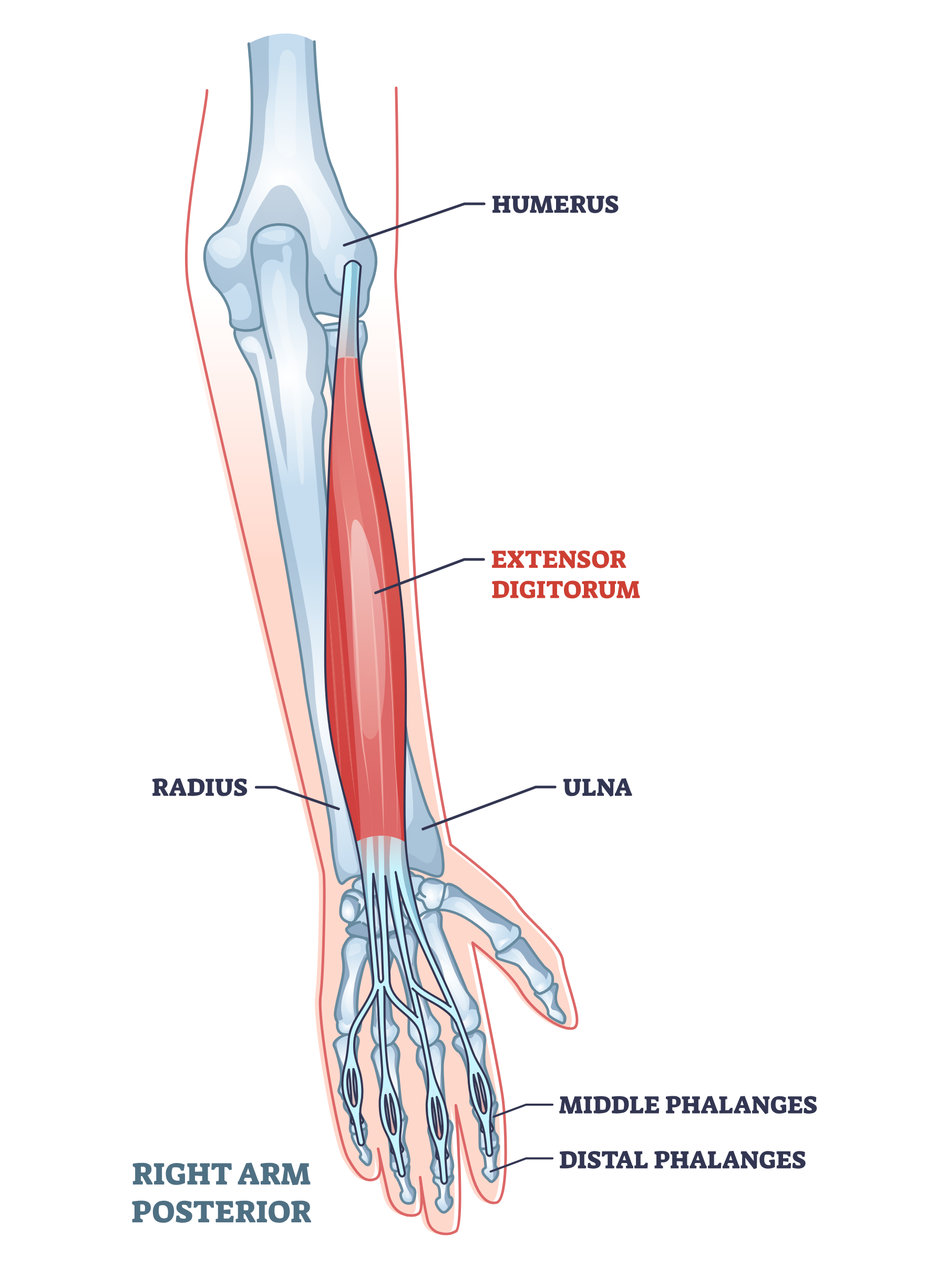
Why Hypertrophy of Connective Tissue Isn’t Quite Possible
Even if there are no major skeletal muscle groups located in the wrists, it is possible that you have heard of certain exercises or techniques that result in mass growth of the connective tissues therein.
These claims are often made based on niche medical circumstances, and are not actually reproducible in a real-world setting.
Unfortunately, ligaments, tendons and other forms of non-muscular tissue cannot undergo hypertrophy due to their inherent collagen-based makeup and the fact that they are not designed to metabolically adapt like skeletal muscle tissue can.
However, it is true that such connective tissues can respond to mechanical stress by way of “remodeling”, wherein the fibers will alter their alignment and become reinforced in terms of tensile strength and flexibility. This, of course, does not actually result in any significant increase in the size of said fibers.
Even if connective tissues cannot grow in size, that doesn’t mean that you shouldn’t train them as well.
Performing mobility drills, rehabilitation exercises and incorporating connective tissue conditioning into a training program will result in having more flexible, durable and generally healthier non-muscular tissue - thereby preventing injuries and aiding in the actual function of your muscles themselves.
The Bone Hypertrophy Response
You may be thinking; “if connective tissue cannot grow, then what about the bones of the wrists?”
In truth, you are half correct.
It is indeed true that bones feature a metabolic response to mechanical stress - that is to say, they do indeed adapt to training and exercise in a similar vein to skeletal musculature.
However, this process is far slower, and is more of a reinforcement of tissue density, rather than an actual increase in circumference or mass. Bones will indeed become stronger, more flexible and generally denser, but it is unlikely that your wrists will significantly grow in size as a response to exercise.
What Dictates the Size of Our Wrists?
Now that we’ve established why it is largely impossible to grow the size of the wrists - another question arises; Why are our wrists the size that they are?
As always, the answer is somewhat more complicated than one may assume.
Wrist size is dictated not only by the genetics we inherit from our parents, but also more immediate factors like the amount of fat the body has in store, and comparative aspects like the size of the forearm’s musculature in relation to the wrists themselves.
Genetics and Bones
Nearly every aspect of our physiology is influenced by genetics. The shape of our muscles, fat deposit locations and even the actual size of our bones is directly attributed to genetic factors.
The wrists are no different in this regard, as not only are the actual size of the bones therein dictated by genetics, but so too are the endocrinological aspects that fuel the growth of said bones.
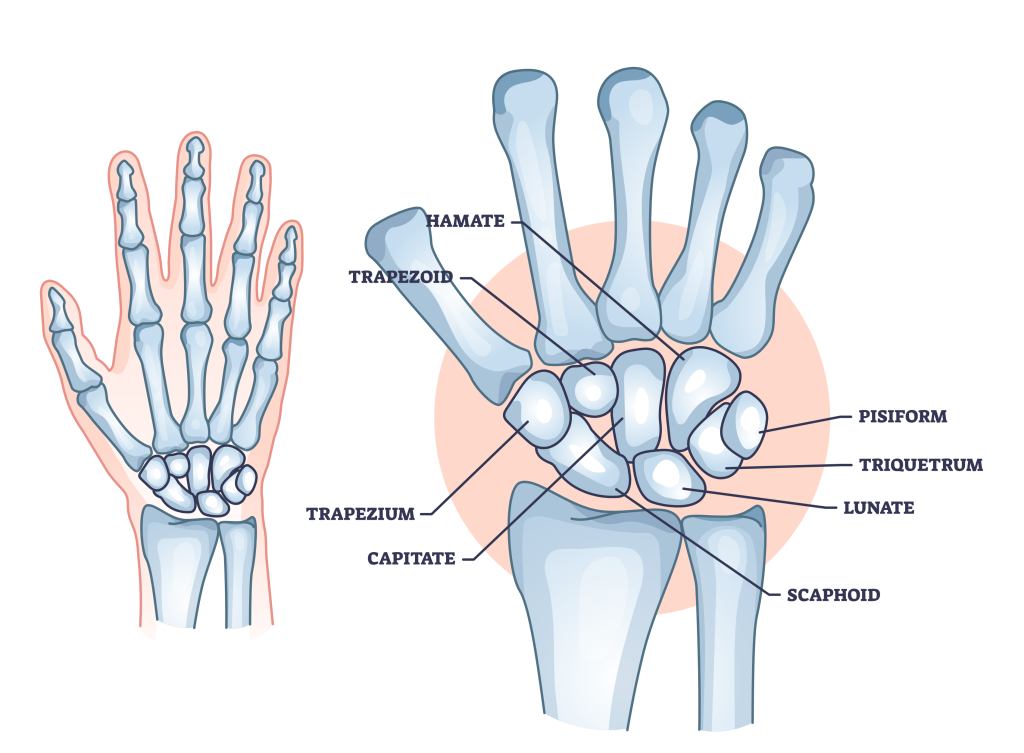
Pubertal human growth hormone levels, the influence of cortisol on bone development and even prioritization of metabolic resources can all vary between individuals due to their distinct genetics, and can lead to differences in the size of their wrists as well.
Body Fat
One factor that you can directly influence to get bigger wrists in your body fat composition.
While it is obviously a poor idea to pack on several pounds of fat just for thicker wrists - keep in mind that the body does indeed store fat in the wrists in much the same way it does every other part of the body - This can influence the actual size of the wrists, and even lead to water deposition that creates a similar effect as well.
Conversely, for individuals that wish for smaller wrists, reducing their body fat (to a safe level) is a rather easy solution to follow.
Forearm Muscle Belly Insertions
Although we’ve covered the fact that there is no significant skeletal muscle presence in the wrists, keep in mind that muscles are often tapered in shape, as is dictated by individual genetic code.
Some individuals may be born with forearm musculature that features a shorter “taper” near the wrists, meaning that the muscles of the forearms are more distinct in appearance and transition into connective tissue at a smaller gradient.
This can create the appearance of a thicker and more well-defined wrist - although it is nonetheless still true that no major skeletal muscle group is present within.
Comparative Scale of the Wrists
Although less physiological and more of a product of the mind - individuals may find their own wrists to be small due to the comparative size of their hands and forearms.
Clearly, if one has particularly muscular forearms or noticeably large hands, even an average-sized wrist will appear small in comparison.
Operating on the same train of thought, one can see why bodybuilders and fitness models may find having smaller wrists to be a boon, as it allows the musculature of the arm to appear even larger in a similarly comparative manner.
How to Get Stronger Wrists
While getting bigger wrists is not reasonably an option, many individuals can build stronger, more flexible and more durable wrists - alongside more muscular forearms as well.
This is made possible through a combination of proper diet, exercise-induced muscular hypertrophy and the aforementioned non-muscular adaptations to mechanical stress.
Optimize Your Recovery and Diet
Regardless of whether you believe your wrists can grow larger or not, it is no stretch of logic that subsequent reinforcement and growth of any part of the body must be supported by a similarly optimized diet, as well as sufficient time with which the body may grow in.
In order to maximize any benefit you receive from forearm and wrist exercise, it is important to be in a caloric surplus and to consume sufficient protein to enable muscular growth.
Using Grippers
The most readily available (and simplistic) form of wrist strengthening comes in the form of hand grippers - a type of resistance training equipment that requires the lifter to simply close their fist as they hold the handles in their hand.
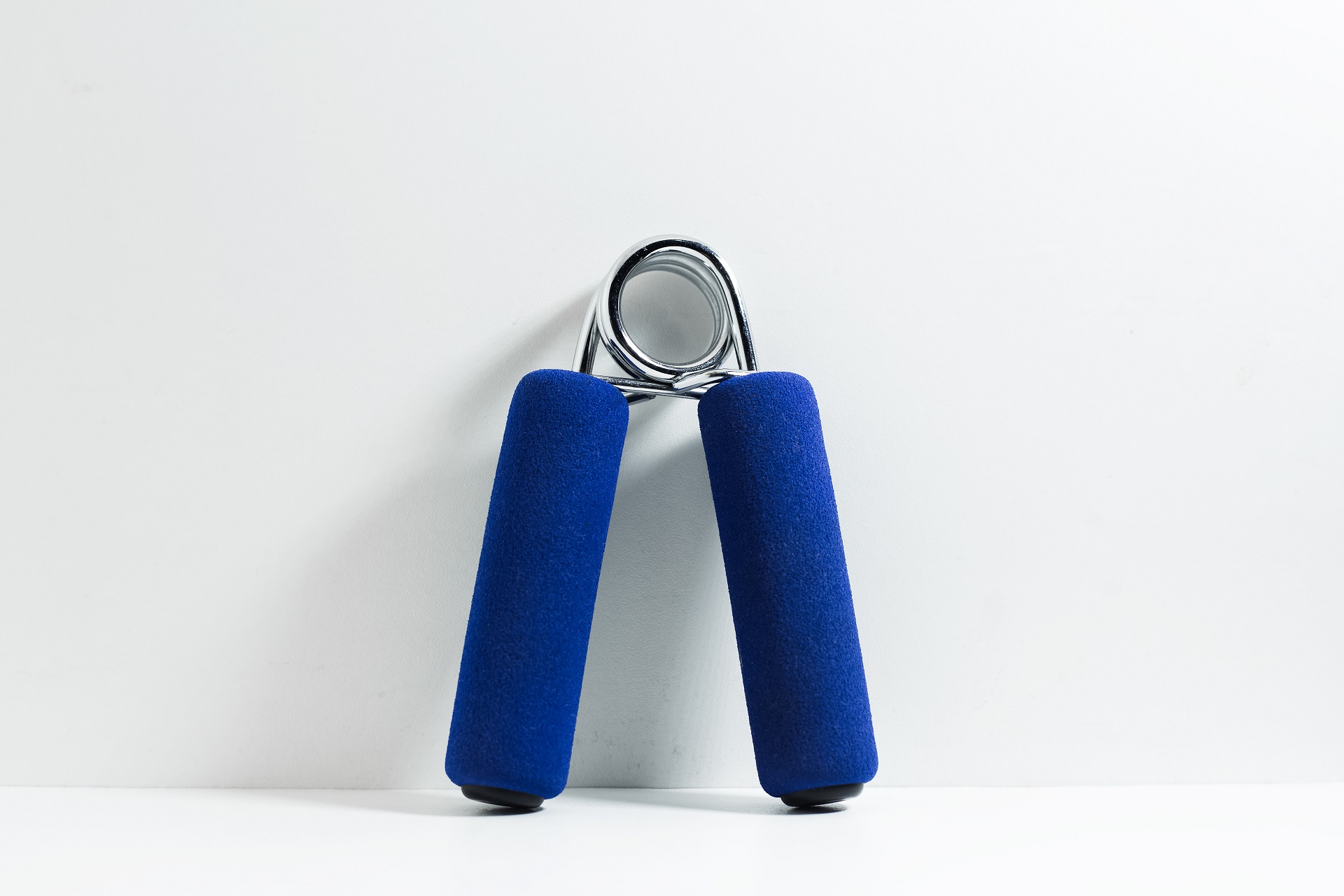
Regular usage of hand grippers will inevitably improve the size and strength of the forearm’s musculature, as well as strengthen the hands and wrists in a highly functional manner.
Isometric Forearm Work (Dead Hangs, Farmer Walks, Plate Pinches)
While the majority of wrist-strengthening exercises are dynamic in nature, performing isometric exercises can aid in improving the wrist’s capacity to withstand pressure, as well as the connective tissues’ capability to translate force from the rest of the body.

Depending on the sort of equipment that may be available, these can be as simple as hanging from a pull-up bar or as intense as farmer walks with a pair of kettlebells.
Knuckle Push-Ups
Knuckle push-ups are simply conventional push-ups performed with the hands formed into a fist and the wrists set in a neutral alignment.
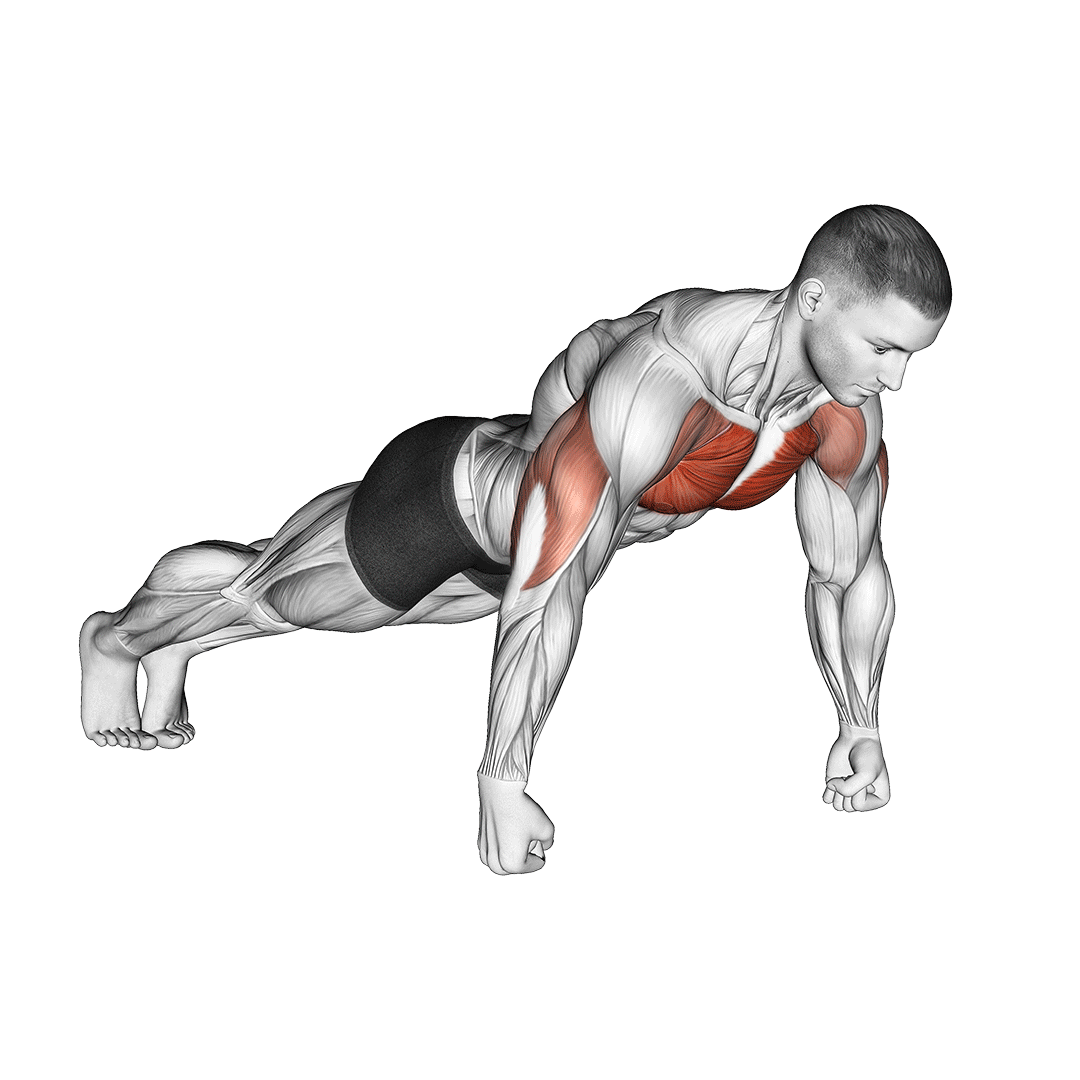
This creates vertical pressure along the forearms and wrists without necessarily increasing the risk of injury by a significant margin - making it perfect for strengthening the wrists at home, so long as caution is taken.
Participating in Forearm-Intensive Sports and Activities
It’s no surprise that rock climbers, martial artists and strongman athletes all possess strong wrists, as the rigors of their chosen sport often place significant mechanical pressure on the tissues therein. This is known as a sports-specific adaptation, and has been extensively covered in medical literature.
For individuals wishing to reinforce their wrists and forearms, participating in an appropriate sport is likely one of the most engaging routes you can take.
Frequently Asked Questions (FAQ)
How can I Increase my Wrist Size?
Because there is very little skeletal muscle in the wrists, increasing their size can be quite difficult - if not entirely impossible. You can increase the size of your forearms, however, as they indeed possess a significant amount of muscle mass.
Is Wrist Size Genetic?
For the most part - yes, wrist size is genetic.
While other aspects of your wrists like fat storage and bone density can be influenced by non-genetic factors, the main circumference of your wrists is derived from your genetics.
How Big is an Average Wrist?
The average wrist size for a man is estimated to be somewhere between 6.5-7 inches, whereas for women it is estimated to be between 5.7-6.2 inches in circumference.
Keep in mind that these numbers are only an average, and taken from a sample size that is more centered around the western hemisphere of the world. It is entirely possible that your wrists are average size for your demographic.
Final Thoughts
While it is indeed unfortunate that we cannot directly influence our wrist size, keep in mind that having small wrists is not necessarily a bad thing.
At the end of the day, the wrists are only a small fraction of your entire body, and one that is unlikely to be of any importance outside of a few incredibly niche circumstances.
And - if you’re still growing (between the ages of 10-16), it is entirely possible for your wrists to grow larger, as your epiphyseal plates have yet to seal.
References
1. Eschweiler, Jörg, Jianzhang Li, Valentin Quack, Björn Rath, Alice Baroncini, Frank Hildebrand, and Filippo Migliorini. 2022. "Anatomy, Biomechanics, and Loads of the Wrist Joint" Life 12, no. 2: 188. https://doi.org/10.3390/life12020188
2. Yang G, Rothrauff BB, Tuan RS. Tendon and ligament regeneration and repair: clinical relevance and developmental paradigm. Birth Defects Res C Embryo Today. 2013 Sep;99(3):203-222. doi: 10.1002/bdrc.21041. PMID: 24078497; PMCID: PMC4041869.
3. Massini DA, Nedog FH, de Oliveira TP, Almeida TAF, Santana CAA, Neiva CM, Macedo AG, Castro EA, Espada MC, Santos FJ, Pessôa Filho DM. The Effect of Resistance Training on Bone Mineral Density in Older Adults: A Systematic Review and Meta-Analysis. Healthcare (Basel). 2022 Jun 17;10(6):1129. doi: 10.3390/healthcare10061129. PMID: 35742181; PMCID: PMC9222380.
